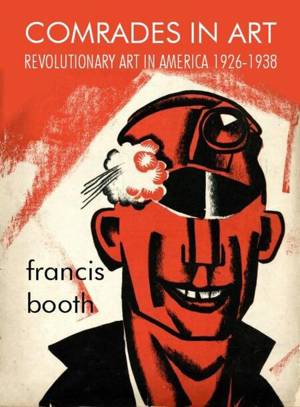
- Afhalen na 1 uur in een winkel met voorraad
- Gratis thuislevering in België vanaf € 30
- Ruim aanbod met 7 miljoen producten
- Afhalen na 1 uur in een winkel met voorraad
- Gratis thuislevering in België vanaf € 30
- Ruim aanbod met 7 miljoen producten
Omschrijving
'How wonderful is the field of the history of art. How much work there is here for us Communists.'
Lenin to Lunacharsky
History is written by the winners and art history is no exception. The winners in America's history of art are the abstract painters who, subsidised by the CIA from the early 1940s, showed the world the avant garde art American democracy and freedom could produce. The losers were the artists working in the figurative tradition, who were seen from then on as old-fashioned and derivative. And the artists who had political leanings have been virtually erased from the story of American art. I would like to try to put them back.
From the late 1920s to the late 1930s, many artists in America became radicalised and moved politically to the far left. The Wall Street Crash of 1929 created extreme poverty, especially in rural America, culminating in the Dustbowl of 1934, immortalised in writing by Steinbeck and others but forgotten in art history. Many artists embraced the idea of revolution and determined to become revolutionary artists, some travelling to the Soviet Union, some fighting in the Spanish Civil War, all wanting to use their art to serve a revolutionary cause. The main aim of this book is to answer the question: what made a revolutionary artist?
Specificaties
Betrokkenen
- Auteur(s):
- Uitgeverij:
Inhoud
- Taal:
- Engels
Eigenschappen
- Productcode (EAN):
- 9798227226495
- Verschijningsdatum:
- 4/07/2024
- Uitvoering:
- E-book
- Formaat:
- ePub

Alleen bij Standaard Boekhandel
Beoordelingen
We publiceren alleen reviews die voldoen aan de voorwaarden voor reviews. Bekijk onze voorwaarden voor reviews.









